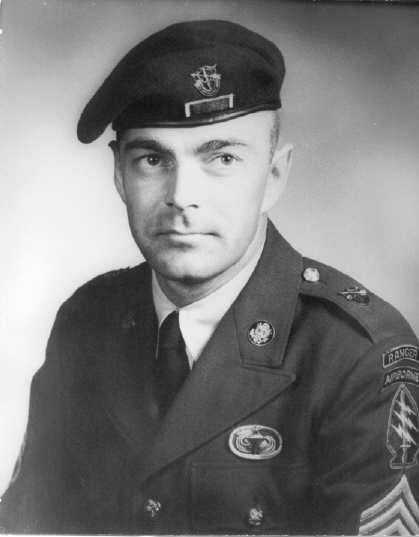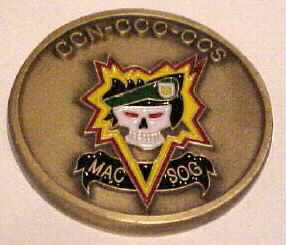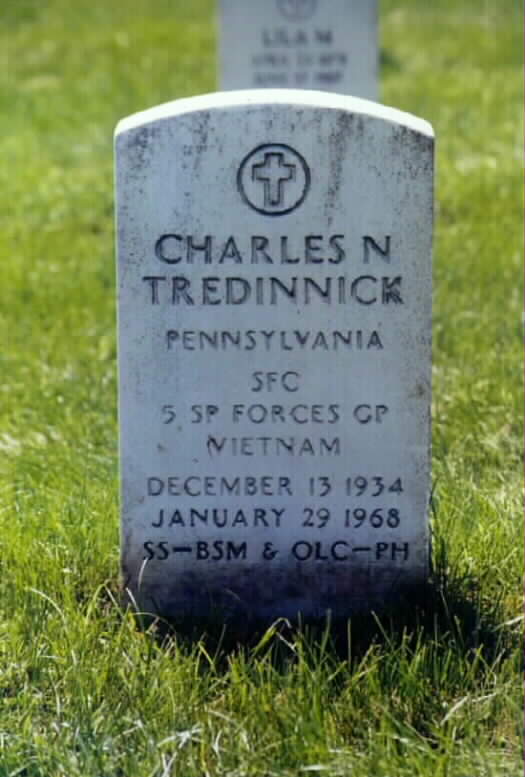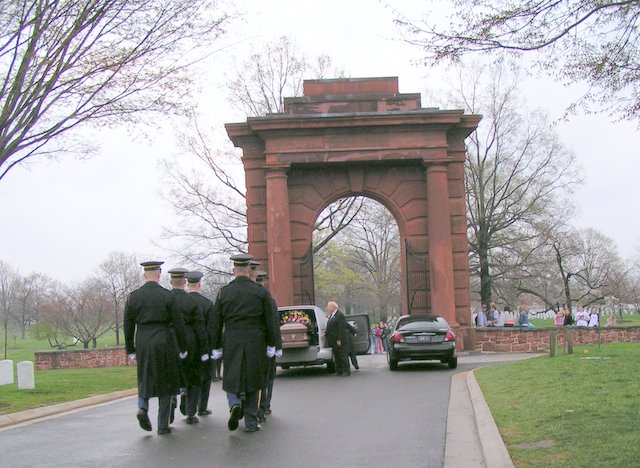Born at Wilkes-Barre, Pennsylvania on December 13, 1934, Charles Nicholas Tredinnick entered the United States Army from Dallas, Pennsylvania, at the age of 19.
During the Vietnam War, then a Sergeant First Class with the 5th Special Forces Group, United States Army, and following 14 1/2 years of service to his country, Charles was killed in action on January 29, 1968 in the Republic of Vietnam.
During his military career, he was awarded the Silver Star, the Bronze Star with Oak Leaf Cluster and the Purple Heart.
Upon the return of his body to the United States, he was buried with full Military Honors in Arlington National Cemetery.
He was survived by his loving wife, Joy, who still misses him and thinks of him each and every day. Thank you, Joy, for sharing your husband with us.
PERSONAL NOTE: Over the past several years I was privileged to have communicated with Joy Tredinnick. At first Joy “got on my case” because the website was in its infancy and did not yet include a remembrance for her beloved “Chuck.”
When told of our limited research resources, Joy jumped in with both feet and provided much of the information on this remembrance. From that time on, she would write to me now and again just to see how we were doing and just to keep in touch. It was therefore with much sadness that I learned of Joy's passing and while I will surely miss her, I am comforted by the fact that she and her Sergeant are finally reunited.
Dennis Tredinnick, a cousin of Chuck's, of course attended Joy's funeral and has provided us with the photos from her service at Arlington National Cemetery. They appear below with our appreciation to Dennis for sharing them with us.
Joy K. Tredinnick:
Ms. Joy Keller Tredinnick, 69, of Fayetteville, died Monday, March 28, 2005, in her home.
Services: Graveside, 9 a.m. Friday, April 8, in Arlington National Cemetery in Arlington, Virginia. She is survived by sisters Patsy Goodwin and Jean Tredinnick Donnora; brothers Arthur of Florid and Dennis C.Tredinnick of Pennsylvania.
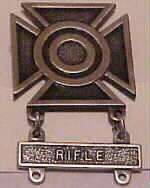
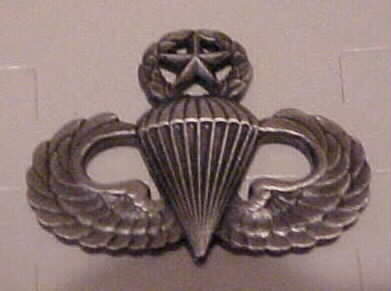
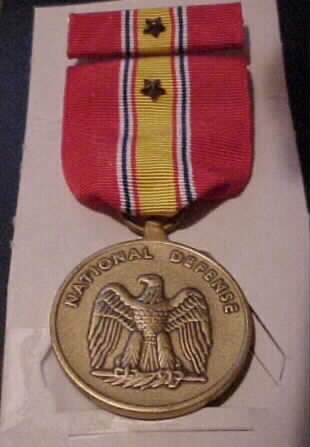
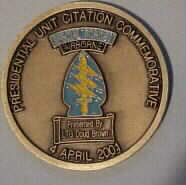
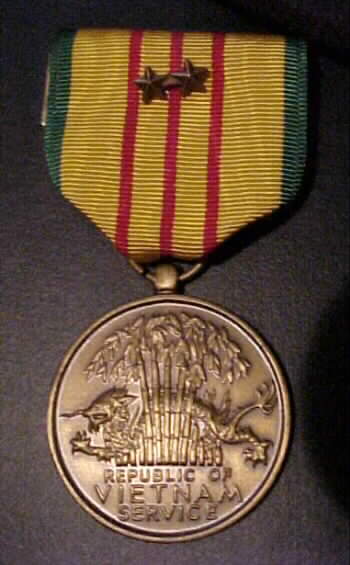
TREDINNICK, CHARLES N
- SFC USA
- VETERAN SERVICE DATES: Unknown
- DATE OF BIRTH: 12/13/1934
- DATE OF DEATH: 01/29/1968
- DATE OF INTERMENT: 02/08/1968
- BURIED AT: SECTION 33 SITE 11550
ARLINGTON NATIONAL CEMETERY
TREDINNICK, JOY K
- DATE OF BIRTH: 01/24/1936
- DATE OF DEATH: 03/28/2005
- BURIED AT: SECTION 33 SITE 11550
- ARLINGTON NATIONAL CEMETERY
- WIFE OF TREDINNICK, CHARLES N SFC US ARMY
ACTION ON HILL 471, JANUARY 29, 1968
by H. E. Van Winkle, U.S. Army (Retired)
Edited by F. J. Taylor, USMC (Retired)
In July 1967, Operational Detachment A-221 from Company B, 1st Special Forces Group (Airborne) in Okinawa deployed to Da Nang, RVN for duty with Command and Control Detachment, MACV-SOG. CPT Lee Dunlap was the Detachment Commander, and I was the Team Executive Officer. Our mission was to recruit and train members of the Bru Montagnard tribe and conduct reconnaissance and combat operations in Laos and North Vietnam. Our “A” Team was relocated shortly after arrival, from the old “French Fort” to the new FOB 3 (Forward Operational Base) on the southwest corner of the Marine Combat Base on the Khe Sanh Plateau.
In January, 1968, a major enemy buildup in the NW corner of South Vietnam and Laos erupted in the Tet Offensive. Khe Sanh was compared with the French Foreign Legion defeat at Dien Bien Phu. President Johnson instructed GEN Westmoreland and the USMC not to lose Khe Sanh at any cost. This led to no Marine patrols any further than 500 meters outside the wire of the MCB, and the patrols fell to the forces at FOB 3.
We participated in a number of actions, some involving heavy ground combat, including a reconnaissance patrol in Khe Sanh Village on 26 January, 1968, (after the initial NVA assault) which resulted in the wounding of SFC James Fusco, and the award of the Silver Star to SP5 John Frescura for his gallant solo frontal assault with an M-60 machine gun on a fortified enemy position. A CAP Oscar Marine named Lacey Lahren also served with the team as a volunteer.
(Editor's Note: After the initial assault on Khe Sanh by large enemy forces, the small USMC CAP units of ‘O' Co., III CAG, III MAF, moved onto the FOB and took up positions on the perimeter. The Marine command would not allow our Bru to enter the combat base, and we would not leave them to their fate. The FOB, already using Bru CIDG “strikers”, was overjoyed to get our Bru (though perhaps somewhat less enthused about getting Marines!). We sent out local patrols, and ran some in concert with the SF troops.)
My team was scheduled to rotate to Okinawa on 7 February. My family was arriving on 31 January to join me in Okinawa, I would be leaving on 30 January to greet them. We were to be involved in one more action. (My parents later received erroneous notification that I was missing in action.)
About 1000 hrs on 29 January, a helicopter picked up a wounded American, MSG W. S. Wood, and one of his team members, Don Voorhees about 1200 meters from the combat base. His team had linked with ours at the Khe Sanh Village action on the 26th. He had been shot through both knees. He was the leader of the recon team that had inserted with us on 26 January. That team consisted of: Don Voorhees, Gary Crone, Xon, To, Tu, and 7 other Bru, and Mike Mahoney (as a “straphanger”).
MSG Wood's team had been ambushed while moving through a saddle on the east side of Hill 471 which was only about 2500 meters from the FOB. One American had been killed, and one was believed captured, and to his knowledge, he and Voorhees were the only members of the team to escape.
(Editor's note: From MSG Bill Wood's account of the action: “I think we were in contact with a reinforced squad or light platoon on the pimple, and with a company, or at least a couple of strong platoons on top of 471. Still, that was plenty.”)
HF Denver was selected to recover the bodies and rescue the missing American. I was unable to speak to the wounded team leader prior to his medevac, which left a large gap in first hand information. This lack proved critical in all subsequent mission decisions. The decision was made to go in with eight Americans and sixteen Bru. The Americans were:
CPT H. E. ‘Rip' VanWinkle, XO, “A” 221
lLT Grenville Sutcliffe, FOB 3 Assistant S-3 Officer ( my replacement).
SFC Robert Scully, Medic, FOB 3
SFC Charles N. Tredinnick, Senior Combat Engineer. “A” 221
SGT Dennis C. Lansing, Junior Communications NCO, “A” 221
SGT Donald R. Rumph, Junior Medic “A” 221
SP5 John L. Frescura, Junior Combat Engineer. “A” 221
PFC Freeman J. Taylor, USMC, CAC O-2
PFC Taylor, like Lahren, had volunteered. In retrospect, he probably got more than he bargained for. I got more than I expected, and am glad he decided to go along.
We lifted off at 1135 hours and inserted on the southeastern point of the ridge line of Hill 471. The insertion went off without problems. Cover was non-existent and concealment limited to a stand of elephant grass that averaged less than three feet in height and a few scraggly bushes.
We set up a hasty perimeter with SFC Tredinnick. SP5 Frescura and four Bru took the east, SGT Lansing, SGT Rumph and four Bru were covering the north. 1LT Sutcliffe, SFC Scully and four Bru covered west, while PFC Taylor and I, with the remaining four Bru covered the south. The saddle where the bodies were located was to the front of Tredinnick and Frescura.
Tredinnick took three Bru and moved forward, down into the saddle and up to the top of the small peak on the other side, a distance of perhaps 150-175 meters. They did not locate the bodies or make any contact. However, Tredinnick relayed that he had spotted a large force of enemy ground troops attempting to encircle us from the east. I instructed him to return to the ridge line and reestablish the perimeter.
Upon his return, he moved to my position. We were discussing our situation when we heard and spotted movement in a small bush directly to our front. probably less than six feet away. Tredinnick asked; “What was that?” just before we were fired upon by an enemy rifleman from a well concealed fighting position. The rounds passed between us. How they missed hitting us, I'll never know. We returned fire and I dropped an M-26 fragmentation grenade into the hole.
A short time later lLT Sutcliffe received a wound in the throat. Tredinnick and I both went to him. I felt then it was a mortal wound. SFC Scully was already working on him and Tredinnick started back to his position in the perimeter. I turned my attention to getting fire support. We received fire from every point except the north, with the heaviest coming from the west and southeast.
A literal storm of enemy hand grenades were then thrown into our position. Some After Action Reports stated the sky literally turned “black” with grenades. PFC Taylor shouted a warning and gave me a “friendly” shove.
For as many grenades as were thrown, there seemed to be a lot of “duds”. Others did not explode with nearly the force of US grenades. One of the weaker ones went off between my legs and I received a dozen or so painful, but not disabling, fragmentation wounds.
I heard the distinctive sound of a bullet strike someone behind me. I turned and saw Tredinnick lying on the ground. SGT Rumph, PFC Taylor and I converged on him. He had been wounded low down on the left side of his chest. The entrance wound was very small but the exit wound was massive. His last words to me were; “It hurts real bad, sir.” Rumph and Taylor were performing immediate first aid, and I put all of my effort to moving us some place reasonably safe for a medevac.
The volume of enemy fire was such that I felt we were in danger of being overrun at any point. Fire support was limited to our helicopter gunships, unable to do much because of the close proximity of the two forces. During one of the gunship runs, the door gunner missed Taylor and me by less than six inches and shot La, the Bru platoon leader in both legs, shattering both of them. I don't fault the gunner. He was doing his best to provide needed support under very trying circumstances. We had not received any fire from the north, and SGT Rumph, SFC Scully, and PFC Taylor were already hauling wounded down the steep north slope of the hill.
SGT Lansing had turned his attention to the threat we faced from the south and west, focusing on a small gully that led from the south slope directly into our position. While positioning his Bru machine gunner, Pa Lang, to cover this approach, the gunner was shot dead, and the entire element was pinned down. By then, the only Americans still on the hill and carrying on the fight were SGT Lansing, SP5 Frescura and myself. The others were either wounded or assisting with the wounded. Perhaps ten or eleven of the Bru were also still firing.
We started to ease back from the south slope trying to put a little distance between us and the enemy. The width of the ridge line where we were was less than sixty meters and the enemy owned at least a third of that. By getting my force down below the crest on the north side, I was finally able to call in some air strikes. We had been on the ground over an hour and the fight itself was about forty-five minutes old.
The Forward Air Controller (FAC) on hand when we inserted had to leave us to refuel. He was replaced by a USMC FAC with the call sign of “American Beauty Delta” (Colonel James Stanton). This gentleman deserves a lot of credit for getting the rest of us off the hill with little further damage. The manner in which he coordinated all of the air support into that one small area without doing us any more damage was nothing short of phenomenal. He was also dealing with two battalion size enemy units that were trying to get between us and the FOB. These were enemy troops spotted moving in the open within 400-500 meters from Hill 471.
We were able to gain some fire superiority with the help of US Army and USMC gunships and some pinpoint bombing from USAF “fastmovers” in the area. One USAF pilot stated his ordnance was napalm and cluster bomb units, and that we were too close to the impact area for him to drop it. I told American Beauty Delta that without the support, we would have more serious problems. The air strike came in on target.
I can't estimate the amount of ordnance expended on our behalf that afternoon. It was all considered “Danger Close” and that even with all of the helicopter gunship rocket runs, and numerous 250 pound bombs, followed with CBU's, the enemy pressure was still very intense. Not until they dropped the napalm did the close-in enemy fire disappear.
We were finally able to get two medevac helicopters in. One was a US Army Medevac and the other was one of MACV-SOG's King Bees (H-34), one of the helicopters we had inserted on earlier. SFC Sweezy, the Senior medic on A-221, had offered his assistance and came in with the US Army medevac ship. He stated that he couldn't understand why we were having such difficulty loading the wounded. The ship he was in crash-landed at the FOB, with over two hundred bullet holes.
(Editor's Note: I heard recently that the bird's windscreen was shot out, and that the co-pilot and gunner were WIA or KIA. I regret that I do not have their names.)
I estimate the unit which initiated fire on us was at least a reinforced platoon, and there were much larger units (estimated at one to two battalions) seen during the fight in the near vicinity.
(Editor's Note : From reports by personnel observing the action {both the FAC and on the ground at KSCB}, the number of enemy engaged was at least a company, with battalion-sized elements closing fast.)
SFC Tredinnick was mortally wounded about twenty minutes after contact was made, while returning to his position to rally and re-deploy his men. He was awarded the Silver Star for his actions that day. We lost one Bru KIA and had two Americans WIA and six Bru WIA. Following the final medevac and seeing all survivors were off the hill, we finally moved by foot back to the FOB. We were met about 600 meters from the gate by a rescue unit lead by SFC Robert Cavanaugh. He gave me the word that Tredinnick had died. All of that and we did not accomplish what we set out to do.
SGT Gary Crone was the American radio operator on the recon team ambushed earlier. He was listed as MIA and his remains and that of one of the Montagnards on his patrol were located and recovered by a patrol led by Hammond Salley, a Special Forces officer, and Denis Chericone, Special Forces medic, in April, 1968. They were on the north side of the saddle, within sight of the FOB. I can't believe they were there all of the time, as we would have been stumbling all over them while trying to disengage. I assume they were moved later.
SP5 Michael T. Mahoney and the remaining Montagnards of the patrol were all listed as MIA. The initial story was that Mahoney had been captured and later executed. I did not see, nor have I any later evidence to confirm or deny what happened to him.
Looking back, I'm sure we were involved in a classic NVA ambush designed to take advantage of our desire to recover the bodies of Americans killed in action. Perhaps we surprised them with the speed and the manner in which we reacted. I don't really know even now.
The only question remaining is why did they wait until we were on the ground and set up before springing the ambush? The most logical time would have been as we were getting off the helicopters. With their firepower, they could have easily destroyed at least two of the insert ships and mopped up the survivors. “Such are the fortunes of war.”
I look back at all of the very close calls that I had and one has to believe in Divine intervention.
EPILOGUE:
I retired from the Army in 1980, and soon lost contact with all but a few close friends. Lee Dunlap was the notable exception.
The year 1993 was very remarkable. I was transferred to Las Vegas, Nevada. While living in a temporary apartment, I received a phone call one morning from Jim Taylor. I had only met this person one other time in my life, for a little over four hours, and never saw or heard of him again.
One might imagine my skepticism when he started to discuss Khe Sanh and Hill 471. The events that took place that day were hardly the stuff to make the history books, and I had pretty well convinced myself that I would never see another person that was on the hill with me. When he started talking about specific things (including leaving a radio on the hill, to my chagrin), I knew without doubt he was there. When I explained I had never mentioned that radio to anyone, he laughed, and said I shouldn't have worried about it. Before he came off the hill the last time that he had placed a thermite grenade on the radio, and on the receiver group the M-6O machine gun whose gunner had been KIA. I wish he had told me that 25 years ago.
He stated he had located me through Lee, and said he had been in contact with Grenville Sutcliffe. I was sure he was mistaken, as I was sure Grenville had not survived his wounds (which shows why I was never cut out to be a medic). we made plans to meet. He and his wife visited us New Year's Day 1994. We decided that we would attempt to locate the survivors of Hill 471 and set up a reunion.
A few days after Jim left I received a phone call from Grenville. He owns his own company in Missouri and is doing very well for a corpse. The only request he made was that the reunion date would be far enough in advance so that he could change and rehearse his “war stories”.
I placed “Requests To Locate” through different veterans and service publications. By the end of June, 1994, Frescura and Lansing had both surfaced. I had already discovered that Bob Scully, who had become the first Army Physician's Assistant, had died of cancer a couple of years after his retirement. Of the Americans on the hill, only Rumph was yet to be located. I managed to find Dick Sweezy in early August. We had decided to tie our reunion to the Special Operations Association Reunion held in Las Vegas in September, 1994.
On 13 August, I requested the Social Security Administration forward a letter to Don Rumph. The only thing we had with which to work was his social security number. Don made contact from Washington on 20 September. With the exception of myself and Lee Dunlap, none of us had seen or talked with any other team member since 1968. The only major disappointment was our inability to locate the USMC FAC pilot who was “American Beauty Delta” that day. We later located him, and he plans to attend the 1999 reunion.
Lee and I had discussed that someone needed to write the true story of our experiences during those days in January. 1968. Later reports by Marine and Army personnel were so far from the facts that he felt someone had to set it straight, and that I was the logical choice.
He and Reverend Ray Stubbe, USN, provided copies of After Action Reports, including those written by Lansing, Rumph, and Frescura, and the Daily Log from the Marines. Until I received these reports in 1994, 1 had never laid eyes on any of them. I found the reports from Lansing and Frescura varied from each other and from mine, and Rumph's reports and recollections, particularly regarding the passage of time during the fight, the sequence of events, and when the firing actually started.
After the fight started, Lansing maneuvered his people to cover more of the west and south sections of the perimeter, thus placing him at the opposite end from Frescura. They were both seeing and dealing with different circumstances. Rumph had left Lansing when Tredinnick went down. Thus he saw and heard many of the same things that I did, which would explain why our reports were similar.
It only proves that when the firing starts, the brain tends to focus more on what is happening that could have an immediate impact on the individual in question. One of our goals during our reunion was to review the After Action Reports and other written accounts and attempt to correct the obvious errors. Each of the survivors had meaningful input to this article.
I also wish to thank Hammond Salley for his input regarding the recovery of the bodies in April 1968. His comments cleared up several questions about how and when the bodies were recovered, and the location and circumstances in which they were found.
(Editor's Note: Rip located MSG William Stanley Wood, whose team's ambush initiated our mission, a few years ago, and he attended a reunion, supplying us with many details, maps, notes, and other valuable input regarding his mission, both at Khe Sanh village a few days prior, and on the morning of the ambush. Unfortunately, Bill has since passed away. We regret his loss greatly.)
The years that have passed since our first reunion in 1994 have given us a time to reflect, to renew old friendships, and to remember those that made the ultimate sacrifice. It has been a time to rejoice in our success in finding one another and to marvel at the odds that we overcame then and now to make such a meeting possible. We have all married brilliant, beautiful ladies and have taken our Vietnam experience, put it in its proper perspective, and gone on to other things. That day on Hill 471 was less than a blip in the course of the American involvement in Vietnam, but to those of us that survived it will always be a part of us.
(Editor's Note: I never forgot that day or those men. In 1969, while in Galway, Ireland, I wrote notes about the action to the best of my recollection. These were later published in 1983 as an article in “Gung Ho”, a military magazine.
I had hoped that some of the men or their friends might read it and remember, and get in touch. Unfortunately, I had some names and other details wrong (memory lapse !), and in any case, none of them saw the article.
After getting in touch with the Khe Sanh Veteran's Association in 1993, I contacted Rev. Ray Stubbe, our chaplain, who had some leads. After a lot of detective work, these led to Lee Dunlap. When I asked him if he remembered Rip, he said “Very well, indeed! He was my XO.” When I next asked if he had heard anything from him or had any idea of his whereabouts, he replied; ” I was just talking to him this afternoon.” This in turn led to the phone call Rip mentions, and the reunion. I am very grateful for the opportunity to rejoin and associate with these men.)
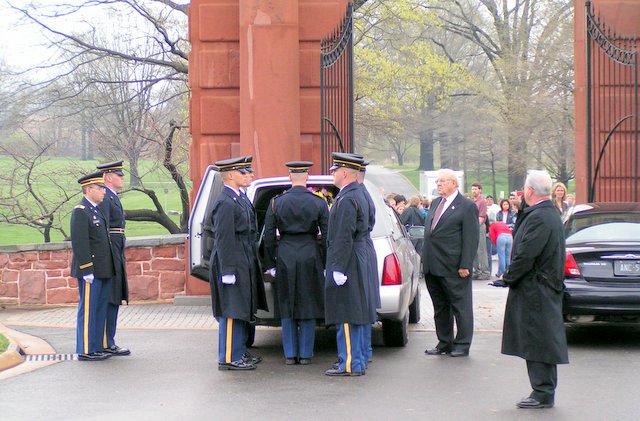
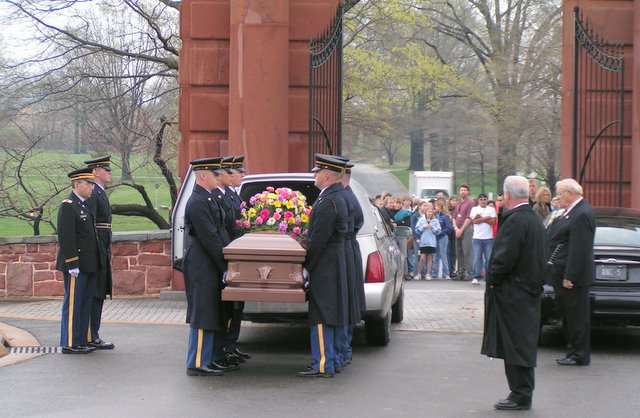
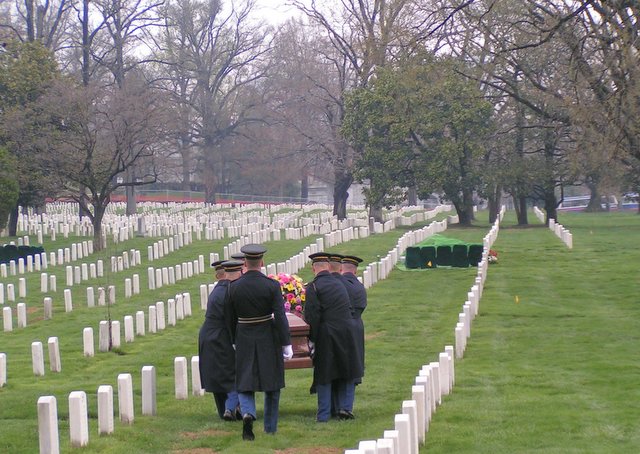
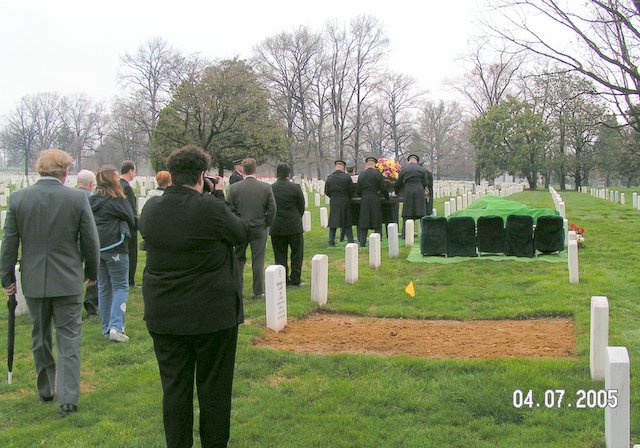
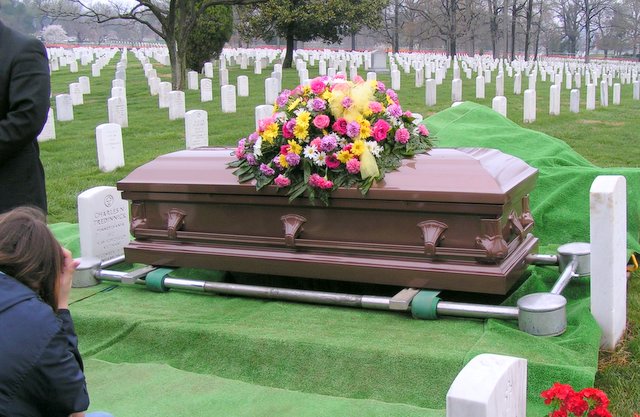
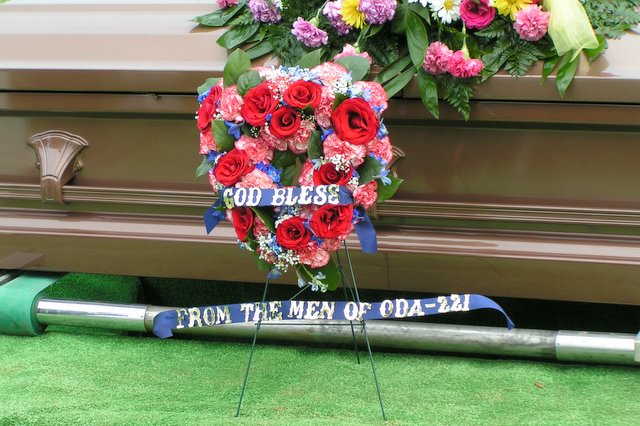
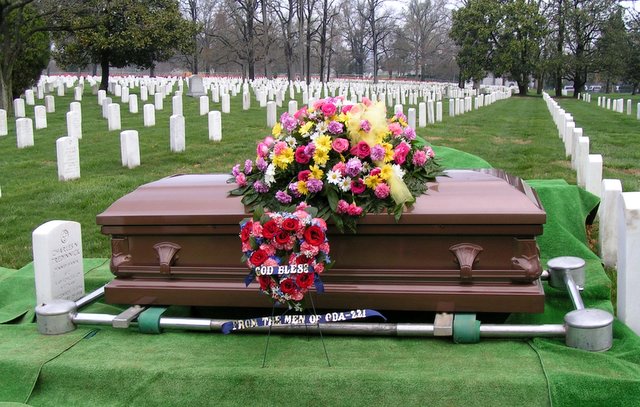
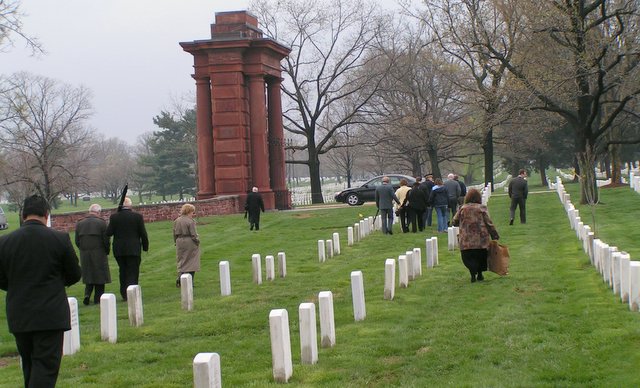
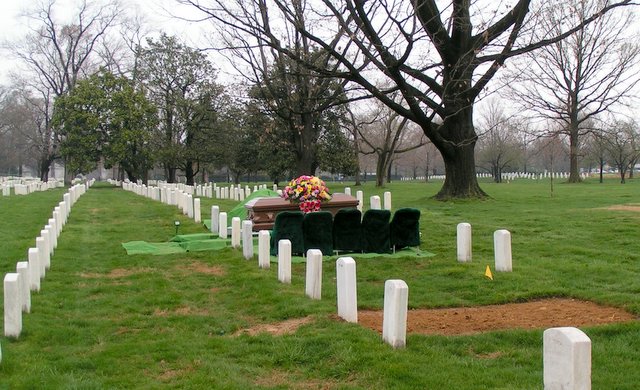
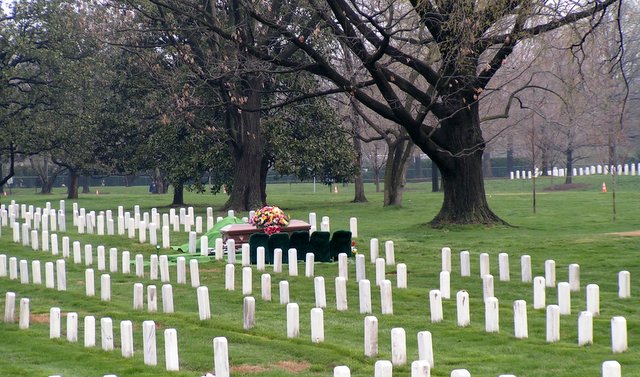
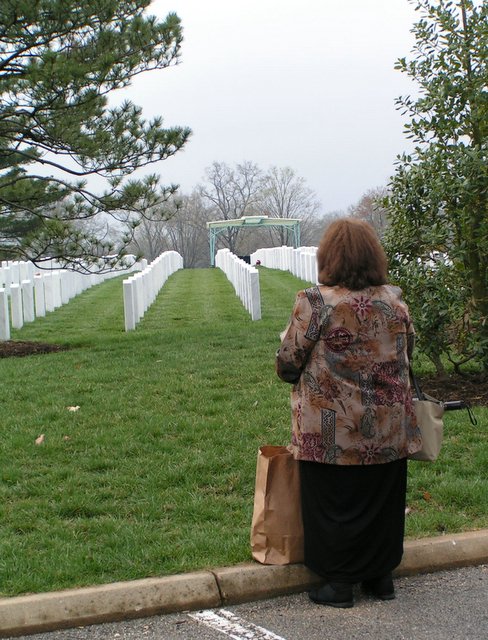
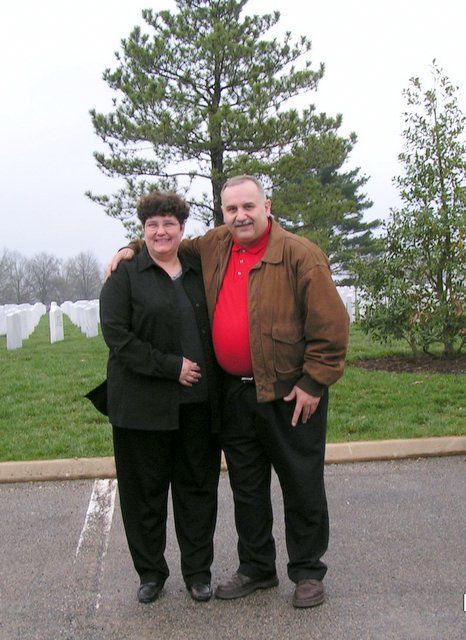
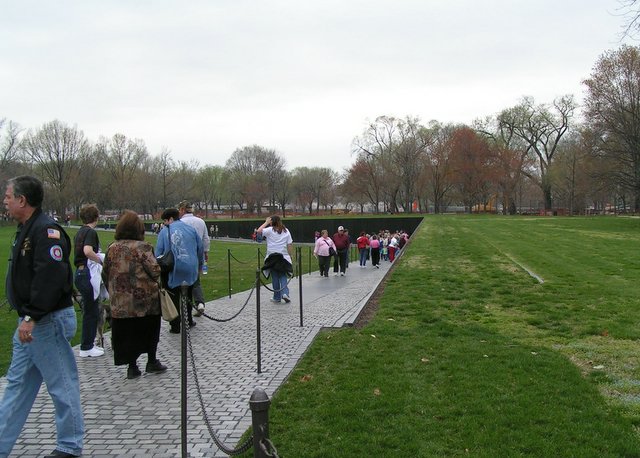
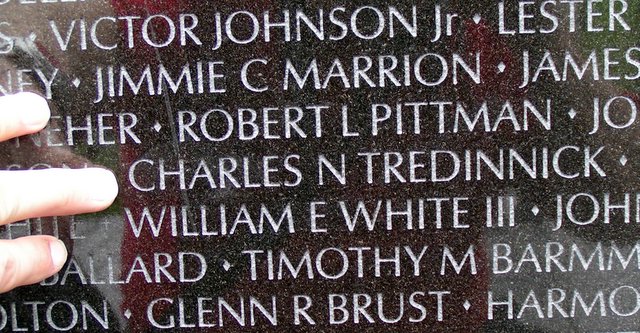
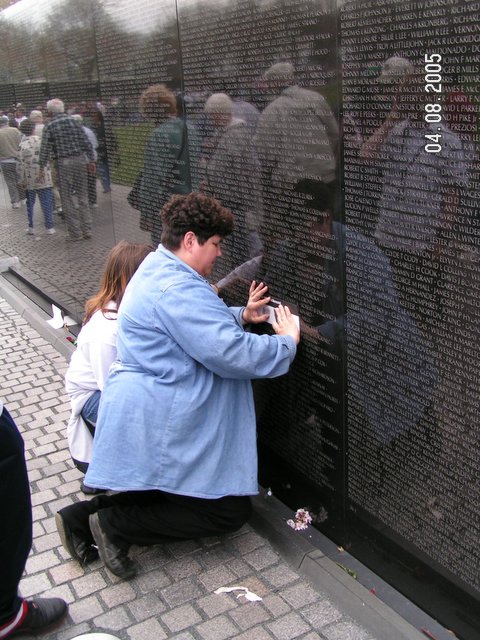
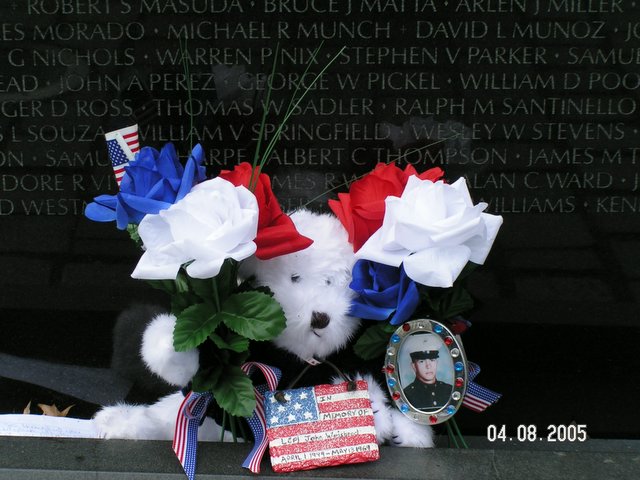
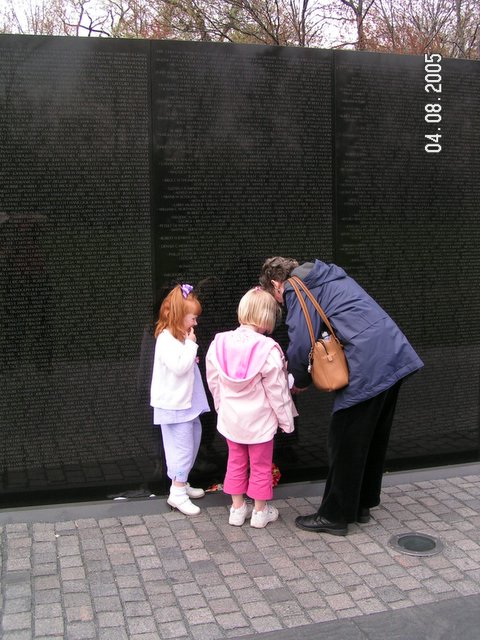
Michael Robert Patterson was born in Arlington and is the son of a former officer of the US Army. So it was no wonder that sooner or later his interests drew him to American history and especially to American military history. Many of his articles can be found on renowned portals like the New York Times, Washingtonpost or Wikipedia.
Reviewed by: Michael Howard



